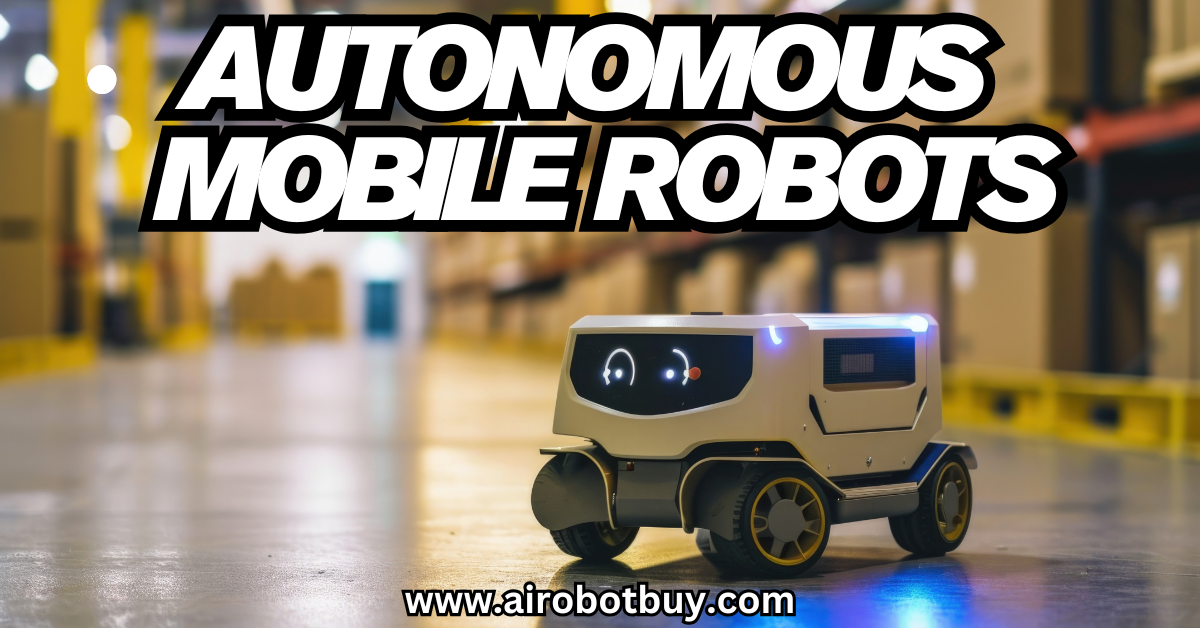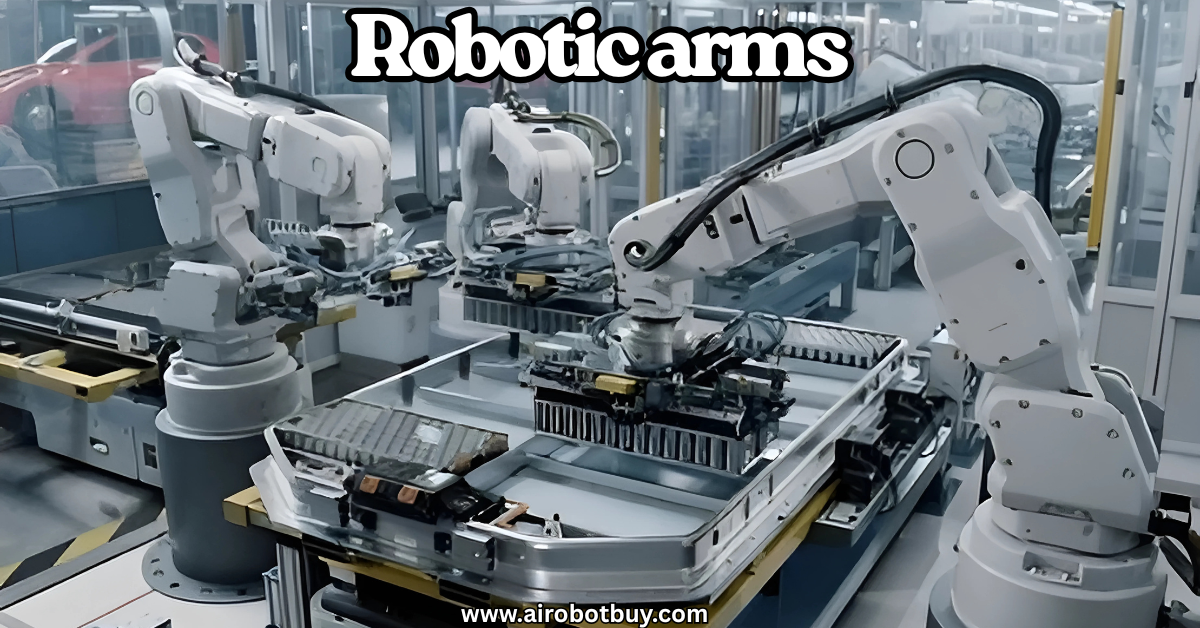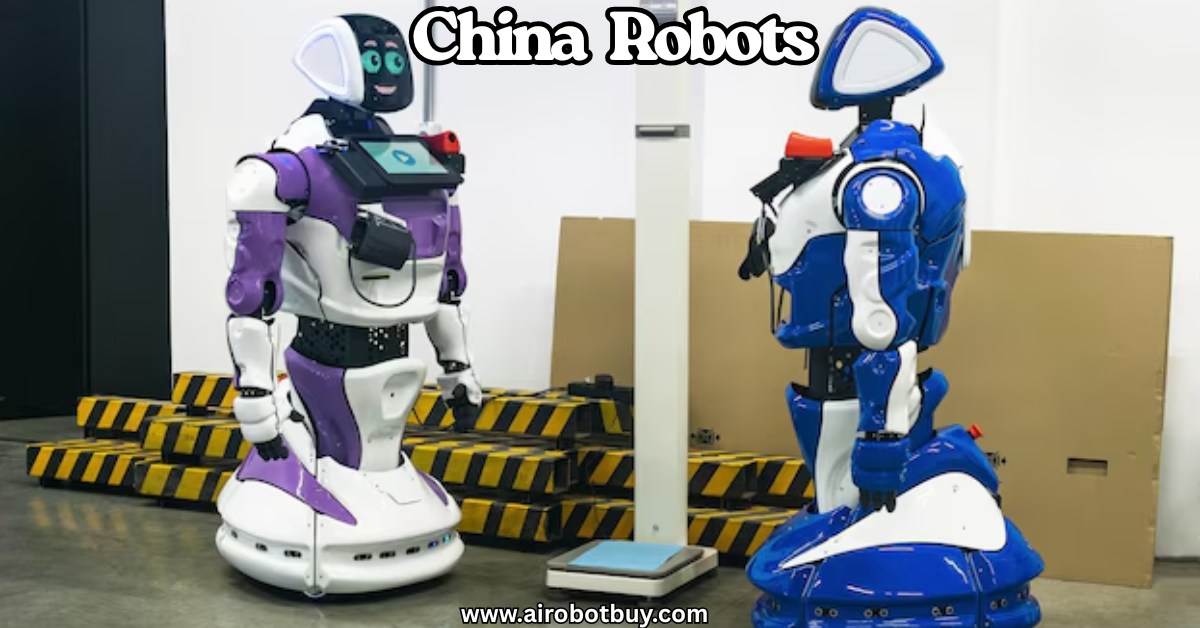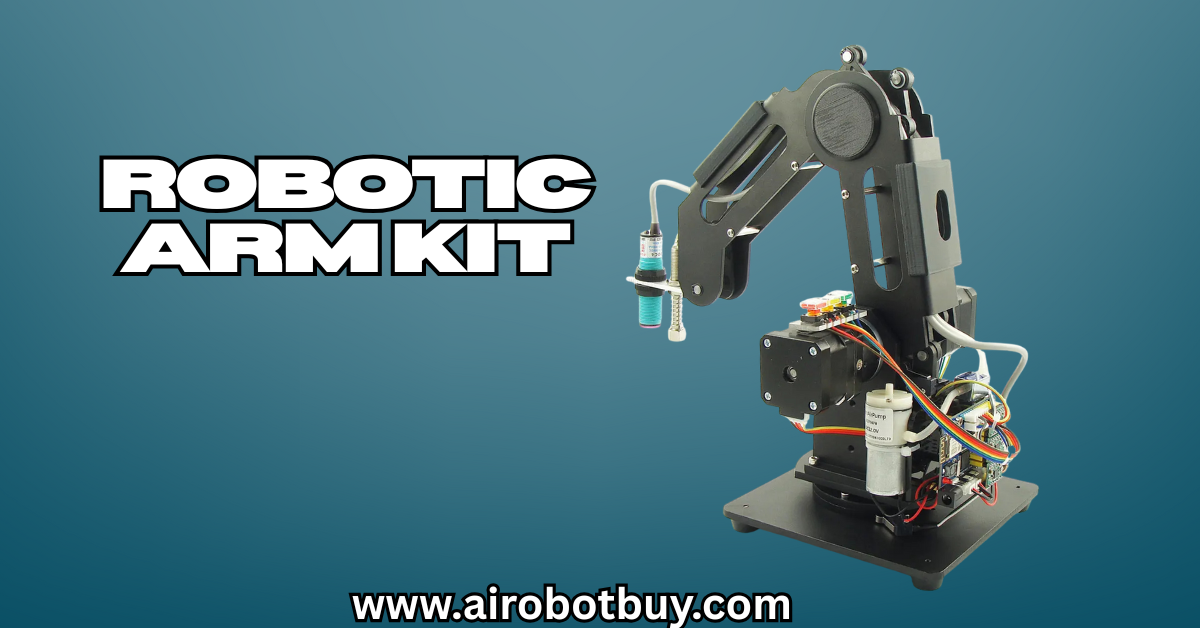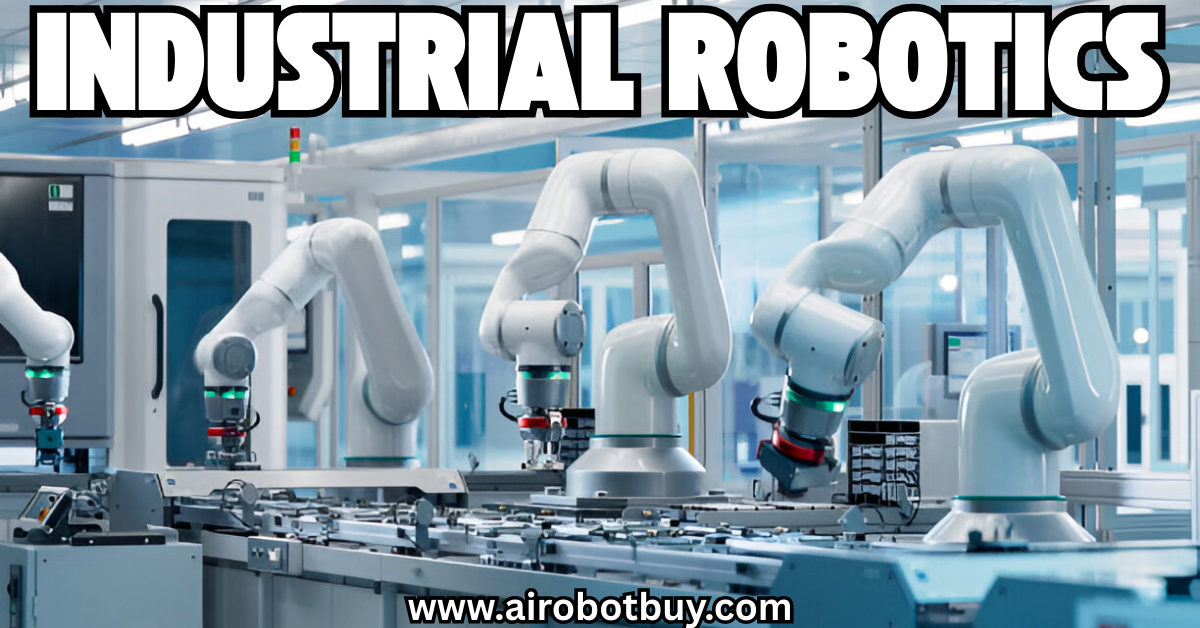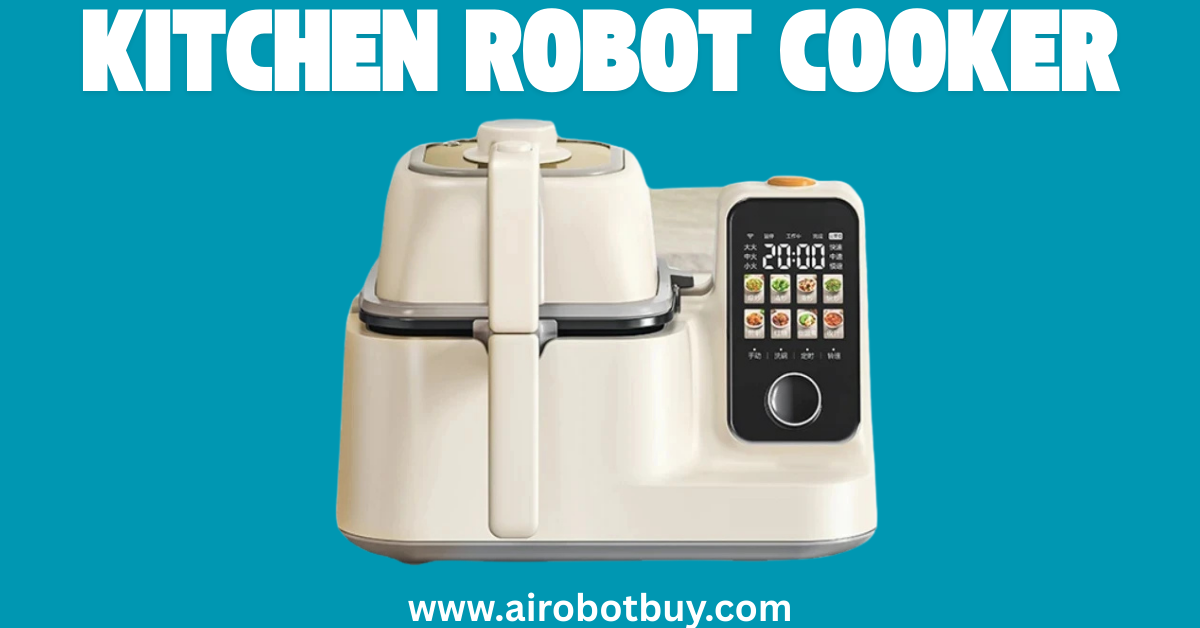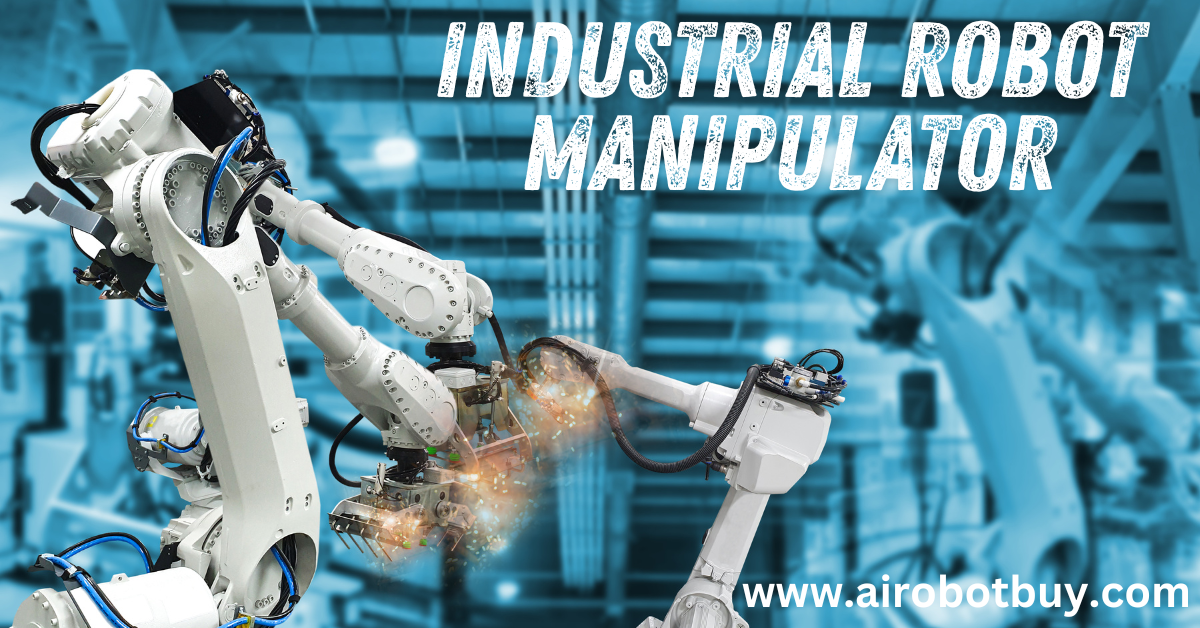Autonomous mobile robots are no longer experimental technology limited to pilot projects—they have become practical, scalable tools transforming how industries move materials, manage workflows, and handle repetitive transport tasks. Unlike traditional automated guided vehicles, autonomous mobile robots operate without fixed routes, using sensors, LiDAR, and AI-driven navigation to adapt instantly to changes in their environment. This flexibility is valuable for industries where demand patterns shift quickly, floor layouts change frequently, and operational efficiency is a constant priority.
Global market research shows the autonomous mobile robots sector was valued at nearly USD 4.49 billion in 2025 and is expected to grow above 15.6% CAGR through 2030. This rapid growth is being fueled by labor shortages, e-commerce expansion, cost optimization pressures, and the need for safer working conditions. The fastest adoption is happening in industries where speed, accuracy, and adaptability are not optional but essential to stay competitive.
Autonomous Mobile Robots Adoption Trends in Leading Global Industries
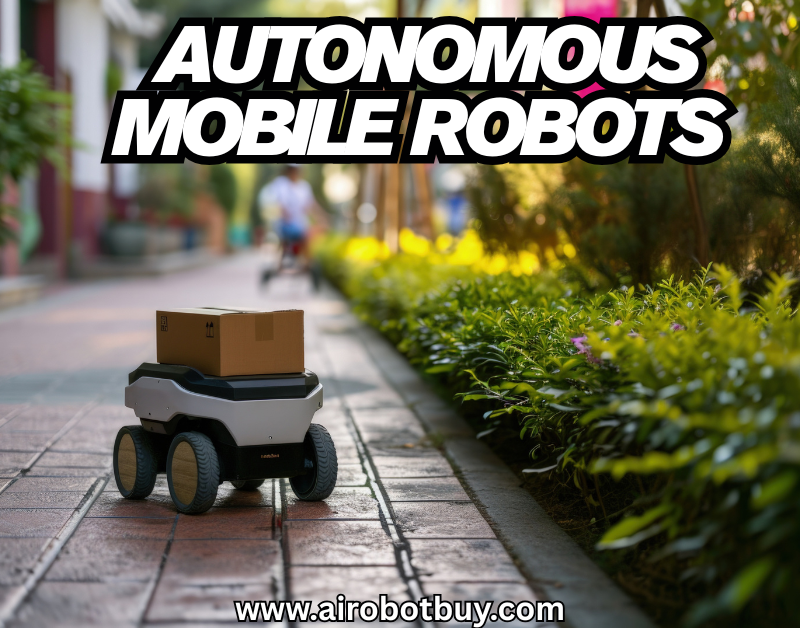
In this guide we will explain which industries are leading the adoption of autonomous mobile robots, the trends driving this growth, and the specific operational gains they deliver.
Why Autonomous Mobile Robots Are Moving Fast
Autonomous mobile robots are being deployed at a pace that would have been unimaginable a decade ago. The drivers behind this acceleration are clear: businesses need faster material handling, reduced downtime, and greater flexibility in operations. These robots navigate without fixed paths, making them ideal for dynamic environments. They rely on sensors, cameras, and AI to adapt routes in real time.
Industry data shows the global autonomous mobile robots market was valued at around USD 3 billion in 2023 and is projected to grow at a CAGR of more than 20% through 2030. The adoption surge is strongest in sectors where labor shortages, demand volatility, and cost pressures intersect. The focus is on results—more throughput, fewer errors, and scalable automation that doesn’t require rebuilding the facility. Visit here!
Key points driving adoption:
- Need for higher operational efficiency.
- Flexibility in layout and processes.
- Lower total cost of ownership over time.
- Ability to work safely alongside humans.
Manufacturing – The Early Movers
Manufacturing industries were among the first to integrate autonomous mobile robots into daily operations. Production floors are complex spaces where materials need to move between multiple workstations and storage areas. Unlike fixed conveyor systems or automated guided vehicles, autonomous mobile robots can adapt when layouts change, which is common in modern plants.
They are used to transport raw materials, semi-finished goods, and tooling between stages of production. Their integration with Manufacturing Execution Systems (MES) allows tasks to be assigned automatically based on real-time production requirements. This reduces bottlenecks and ensures parts arrive at the right station at the right time.
Why manufacturing adopted early:
- Flexible movement of goods without fixed routes.
- Lower risk of downtime when production lines change.
- Reduced human travel time between stations.
- Seamless integration with digital production systems.
Warehousing and Logistics – The Fastest Growth Rate
The warehousing and logistics sector is experiencing the fastest adoption rate for autonomous mobile robots. With e-commerce growth, warehouses must handle high volumes of small orders with quick turnaround times. AMRs address this by reducing the distance workers travel and by automating repetitive transport tasks.
In goods-to-person systems, robots deliver items directly to pickers, which can cut picking times by nearly half. They also dynamically adjust routes based on traffic inside the facility, avoiding congestion and delays. Fleet scalability is another advantage—companies can start with a small number of robots and increase the fleet size as demand grows.
Key adoption drivers:
- E-commerce order surge.
- Faster order fulfillment needs.
- Flexible fleet scaling without infrastructure changes.
- Real-time route optimization for efficiency.
Retail – Linking Online and Offline Operations
Retailers are turning to autonomous mobile robots to meet customer expectations for speed and accuracy in both online and physical store orders. Large-format stores and distribution hubs use AMRs to move goods from backrooms to shelves or to consolidate orders for pickup and delivery.
These robots are especially useful in managing seasonal peaks. During busy shopping periods, fleets can be expanded to handle the increased volume and then reduced afterward. In omnichannel retail models, AMRs help maintain accurate stock levels while streamlining fulfillment between online and offline operations.
Retail adoption benefits:
- Improved shelf replenishment without disrupting shoppers.
- Faster order consolidation for delivery and pickup.
- Seasonal scalability without long-term overhead.
- Integration with store inventory management systems.
Healthcare – Focused on Speed and Safety
In healthcare settings, autonomous mobile robots are being used to move medical supplies, lab samples, and medications between departments. Hospitals benefit from AMRs because they reduce staff time spent on non-patient tasks and help maintain strict hygiene standards.
They are particularly valuable in minimizing exposure during infectious outbreaks, as they can operate without direct human contact. These robots often operate in restricted areas, using secure compartments for sensitive materials and automated logging systems to ensure traceability.
Healthcare adoption factors:
- Reduced staff workload for routine deliveries.
- Contactless transport of medical items.
- Enhanced hygiene and contamination control.
- Accurate delivery tracking and documentation.
Automotive – Streamlining Complex Supply Chains
The automotive industry is heavily reliant on just-in-time (JIT) production, making autonomous mobile robots a natural fit. AMRs move parts between storage and assembly lines exactly when needed, avoiding both shortages and excess inventory.
Heavy-duty models can carry large payloads such as engines or chassis components. Their continuous operation supports multiple production shifts without fatigue, contributing to higher overall productivity. Integration with warehouse management and production planning systems allows for precise coordination of materials movement.
Automotive benefits from AMRs:
- Accurate JIT delivery to assembly lines.
- High payload handling capacity.
- Consistent performance across shifts.
- Reduced reliance on forklifts in tight spaces.
Electronics – Precision and Small Component Handling

Electronics manufacturing demands precision, speed, and careful handling of sensitive parts. Autonomous mobile robots designed for these environments feature anti-static materials to protect components and sensors to prevent damage during transport.
Frequent product changes in electronics plants require rapid reconfiguration of workflows. AMRs can be reprogrammed quickly to handle new tasks without major downtime, which supports high-mix, low-volume production models. Their ability to track and log every material movement improves inventory accuracy.
Electronics adoption trends:
- Safe transport of sensitive, high-value parts.
- ESD protection for static-sensitive components.
- Flexible adaptation to frequent product changes.
- Automated logging for material traceability.
Pharmaceuticals – Compliance and Reliability
Pharmaceutical operations demand strict compliance with regulatory standards. Autonomous mobile robots support these requirements by delivering consistent, documented material handling processes. They are used in cleanrooms and temperature-controlled areas to transport products without risking contamination.
Every movement is logged automatically, creating an auditable trail that satisfies compliance checks. AMRs can also carry insulated compartments to maintain required temperatures for sensitive medications or chemicals.
Pharmaceutical adoption benefits:
- Reliable, repeatable transport processes.
- Full digital tracking for compliance.
- Operation in sterile or controlled environments.
- Support for cold chain logistics.
Food and Beverage – Hygiene and High Turnover
Food and beverage companies operate under strict hygiene requirements while also facing short product shelf lives. Autonomous mobile robots help by moving ingredients, packaging materials, and finished goods in a sanitary, efficient manner.
Robots built for this sector often use corrosion-resistant, washable materials and can operate in refrigerated environments. They also reduce the need for human presence in clean zones, lowering contamination risk. Seasonal demand spikes can be managed by adding or removing robots from the fleet as needed.
Food and beverage AMR roles:
- Transport in hygiene-sensitive areas.
- Cold storage and refrigerated facility operations.
- Ingredient delivery to processing stations.
- Scalable fleet size for seasonal demand changes.
Mining – Harsh Environment Operations
Mining operations are beginning to adopt autonomous mobile robots for tasks that remove humans from dangerous environments. These robots can transport materials across uneven terrain, handle heavy payloads, and work in conditions that are unsuitable for human workers.
Autonomous haulage systems reduce costs by operating continuously without the limitations of human shifts. Remote fleet monitoring allows centralized control over multiple vehicles in different locations.
Mining adoption benefits:
- Increased safety by reducing human exposure.
- Continuous operation in challenging conditions.
- Heavy-duty transport capabilities.
- Centralized remote fleet management.
Future Trends Across All Industries
The adoption of autonomous mobile robots is expected to expand in both scope and sophistication over the next five years. Several technological trends are driving this:
- AI-powered navigation for faster and more efficient route planning.
- 5G-enabled communication for low-latency coordination between robots and control systems.
- Modular robot platforms that allow quick adaptation to new tasks.
- Cloud-based fleet management for centralized oversight across multiple sites.
Industry forecasts suggest that by 2027, more than half of large warehouses will have deployed AMRs as a standard operational tool, and adoption in manufacturing, healthcare, and retail will follow similar patterns.
Table – AMR Adoption by Industry (2025 Data)
| Industry | Projected CAGR 2024–2030 | Main Benefits | Common AMR Tasks |
|---|---|---|---|
| Warehousing | 25% | Faster order fulfillment, scalable fleets | Goods-to-person picking, replenishment |
| Manufacturing | 22% | Flexible material transport, safety | Line feeding, work-in-progress movement |
| Retail | 25% | Omni-channel support, seasonal scaling | Shelf restocking, order consolidation |
| Healthcare | 19% | Hygiene, reduced staff workload | Supply delivery, lab sample transport |
| Automotive | 20% | JIT delivery, heavy payload handling | Parts transport, assembly line supply |
| Electronics | 21% | Precision handling, traceability | Component delivery, line support |
| Pharmaceuticals | 18% | Compliance, temperature control | Cleanroom transport, cold chain delivery |
| Food & Beverage | 18% | Hygiene, refrigerated operation | Ingredient movement, packaging supply |
| Mining | 15% | Safety, remote operation | Ore hauling, heavy load transport |
Frequently Asked Questions (FAQs)
Q1: What makes autonomous-mobile-robots different from automated guided vehicles?
AMRs can navigate dynamically using sensors and AI, while AGVs follow fixed routes. This makes AMRs more adaptable to changing environments.
Q2: Which industry is expected to have the fastest AMR adoption?
Warehousing, due to the growth of e-commerce and demand for faster fulfillment.
Q3: Can autonomous-mobile-robots be integrated into existing facilities without major changes?
Yes, AMRs operate without fixed infrastructure, so integration is generally straightforward.
Q4: How do autonomous-mobile-robots improve safety?
They reduce the need for humans to work in hazardous areas and use advanced sensors to avoid collisions.
Q5: Are autonomous-mobile-robots cost-effective for small businesses?
With modular systems and leasing options, they are becoming accessible to smaller operations.
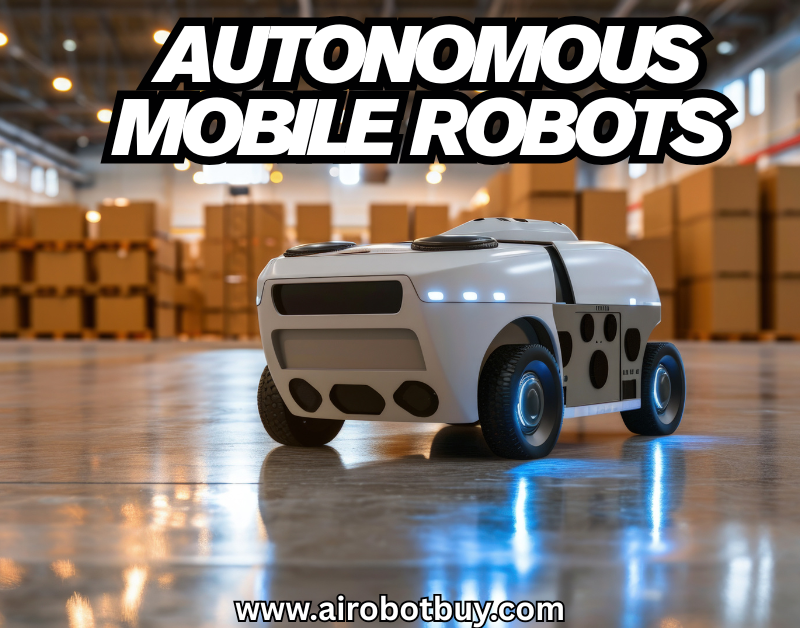
Conclusion
Autonomous mobile robots have moved beyond early trials to become a proven, cost-effective, and scalable automation solution across multiple industries. Their ability to navigate without fixed infrastructure, adapt to changing layouts, and work safely alongside people makes them suitable for environments where speed and flexibility are essential. From manufacturing plants to warehouses, hospitals to retail floors, the common driver is the need to move materials faster, with fewer errors, and without adding significant labor overhead.
Market forecasts suggest that adoption will continue to rise sharply as AI navigation, 5G connectivity, and modular robot platforms mature. For many companies, autonomous mobile robots are no longer viewed as an optional investment—they are becoming a baseline requirement for maintaining competitiveness. The industries leading adoption today are setting operational standards that others will follow in the coming years.
The shift is clear: autonomous-mobile-robots are not just enhancing workflows—they are redefining how entire sectors think about material movement and operational efficiency.


















